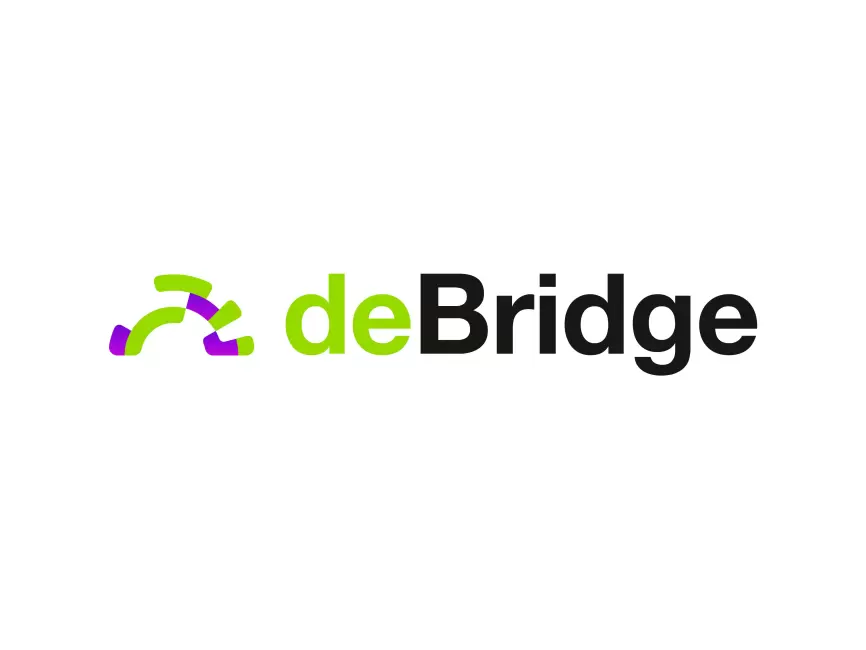Blog
Why Cross-Chain Interoperability Is the Missing Puzzle in DeFi’s Future
Ever felt like your crypto assets are trapped in some digital silo? Yeah, me too. The whole idea of decentralized finance is to free us from traditional gatekeepers, right? But then, you hit this wall—assets stuck on one blockchain, unable to move or swap without jumping through hoops. It’s kinda ironic, don’t you think? DeFi promises openness but struggles with basic interoperability.
Here’s the thing. Cross-chain bridges and swaps have been touted as the solution, but not all are created equal. Some feel like duct tape slapped over a leaky pipe—functional but risky. My instinct said, “There’s gotta be a better way,” especially after seeing so many hacks and delays. Seriously, the risk of losing funds during a cross-chain transfer bugs me more than I like to admit.
Initially, I thought just connecting blockchains was enough. But then I realized… nope, it’s way more complicated. Transferring assets securely while maintaining speed and decentralization? That’s a tall order. On one hand, you want seamless swaps; on the other, you gotta trust the bridge’s security measures. Though actually, some newer solutions are starting to get this balance right, which is kinda exciting.
So what’s changed? Why am I cautiously optimistic now? Well, platforms like the one you’ll find at the debridge finance official site have been innovating in ways that caught my attention. They’re focusing on true interoperability without compromising on security. And that’s huge, because it addresses the core pain point: secure asset transfer across chains that feels almost native.
Really?
Yeah, really. The way these platforms leverage multi-layer validation and decentralized oracles reduces the attack surface drastically. Plus, they streamline the user experience, which is often overlooked. If you’ve ever tried a cross-chain swap and ended up staring at “pending” forever, you know how frustrating it can get.
Check this out—imagine swapping tokens between Ethereum and Binance Smart Chain without the usual delays or risk of slippage eating your profits. That’s not just a pipe dream anymore.

But here’s a curveball. While tech is improving, user education still lags behind. I’ve talked to folks who are enthusiastic about DeFi but freeze up at the mention of ‘bridges.’ It’s like, you gotta be part tech whiz, part risk analyst. Not exactly approachable, huh? (Oh, and by the way, this is where platforms that simplify the process really shine.)
Some argue that cross-chain interoperability introduces new attack vectors. True, no system is bulletproof. But the evolution from centralized custodial bridges to decentralized, trust-minimized solutions is a big leap forward. It’s kinda like moving from using a safe deposit box at the bank to a personal vault you control with multi-factor locks.
On that note, here’s what bugs me about many early bridges—they relied heavily on a single point of failure. That’s a no-go in DeFi. The newer approaches, including the ones built into the debridge finance official site, distribute validation and monitoring, which significantly reduces risk.
Still, not everything’s perfect. I’m biased, but I think we’re only scratching the surface of what true interoperability could unlock. Beyond asset swaps, think about composability—protocols talking across chains to create new financial primitives. That’s where things get wild.
And yet, there’s a catch. The more complex these systems get, the harder it becomes to audit and verify them fully. Sometimes I wonder if we’re rushing to scale without fully understanding the long-term security implications. That’s a classic trade-off in tech, though, isn’t it? Moving fast but breaking things.
Hmm…
What about latency? Sure, speed is touted, but cross-chain swaps often involve confirmations on multiple networks. This can introduce delays that frustrate users accustomed to near-instant transactions on single chains. Actually, wait—let me rephrase that. It’s not just about speed; it’s about predictability. Users want to know exactly when their assets will arrive, and that certainty is still elusive in some setups.
So, where do we go from here? Platforms like the one showcased on the debridge finance official site show promise by combining smart contract security with decentralized oversight. This hybrid approach helps ensure that transferring assets isn’t just fast, but also trustable.
But I won’t pretend it’s all rosy. Cross-chain ecosystems still suffer from fragmentation and inconsistent standards. Imagine trying to plug in a USB-C cable into a USB-A port—frustrating, right? We need more universal protocols to truly realize the dream of seamless DeFi interaction.
The User Experience Gap: Why Secure and Fast Matter Equally
Okay, so check this out—when you bridge assets, the first thing you notice is how clunky some interfaces are. That’s a huge turnoff. Users want a smooth, almost invisible experience. In my experience, the platforms that nail user-centric design tend to retain users longer, even if the underlying tech is complex.
Security often takes a backseat to UX, which is ironic given the stakes. Losing funds due to a bridge exploit isn’t just frustrating—it’s devastating. Platforms that balance these two factors well are rare, but the ones on the debridge finance official site are definitely moving in that direction.
Of course, no solution is one-size-fits-all. Some users prioritize speed; others want ironclad security. Finding that sweet spot is tricky, and sometimes very very important details get overlooked. For example, how do you handle rollback in case of failed swaps? Or what about ensuring compliance without compromising decentralization?
It’s like trying to juggle flaming torches—exciting but dangerous if you drop one.
And honestly, this is where I think cross-chain interoperability still needs more community input and iterative testing. Rushing to market with half-baked solutions might do more harm than good. Plus, the ecosystem evolves so quickly that what’s cutting-edge today might be obsolete next month.
Still, I’m cautiously optimistic. The innovations happening around secure asset transfer and cross-chain swaps suggest we’re on the cusp of a new era in DeFi. It’s not perfect yet, but it’s way better than it was a couple of years ago.
So yeah, if you’re looking for a reliable and secure way to move assets across chains, do yourself a favor and take a look at the debridge finance official site. It’s one of those platforms that’s quietly pushing the needle forward.
Now, I’m not saying it’s flawless. Nothing ever is. But compared to a lot of other bridges out there? It’s a breath of fresh air.
